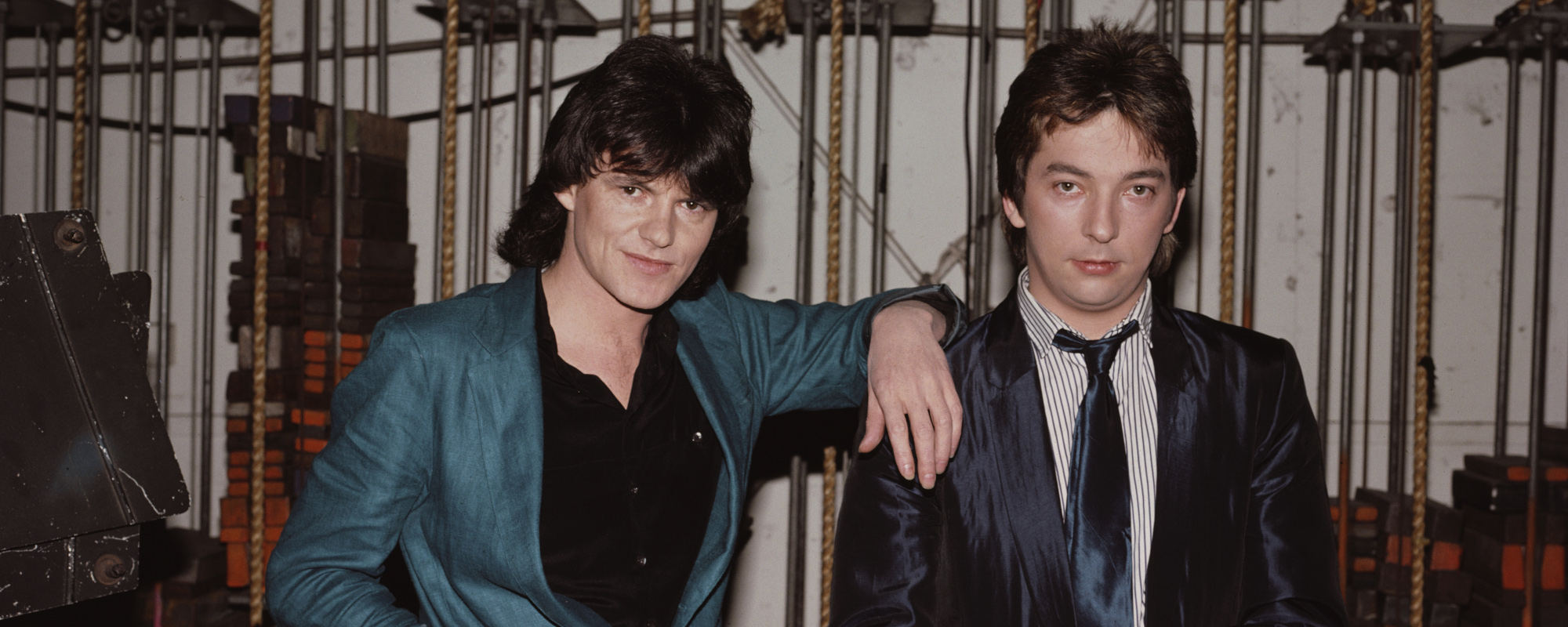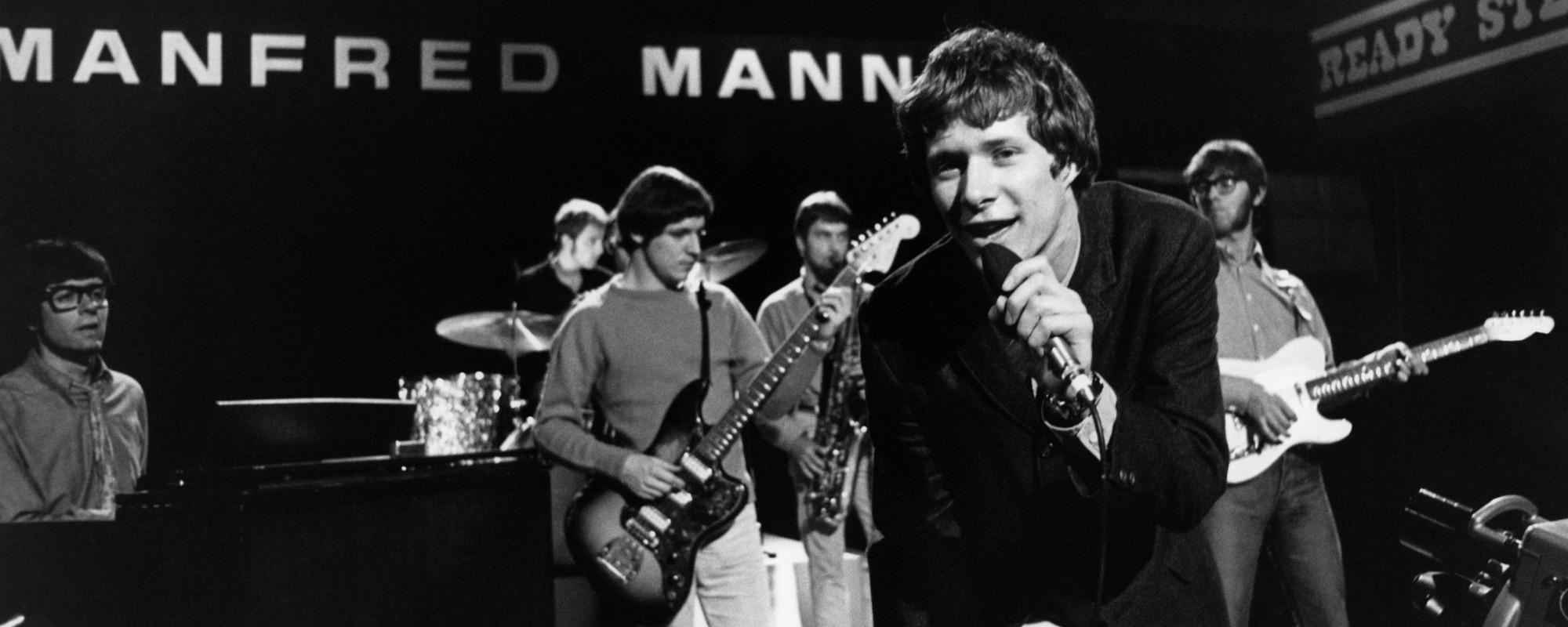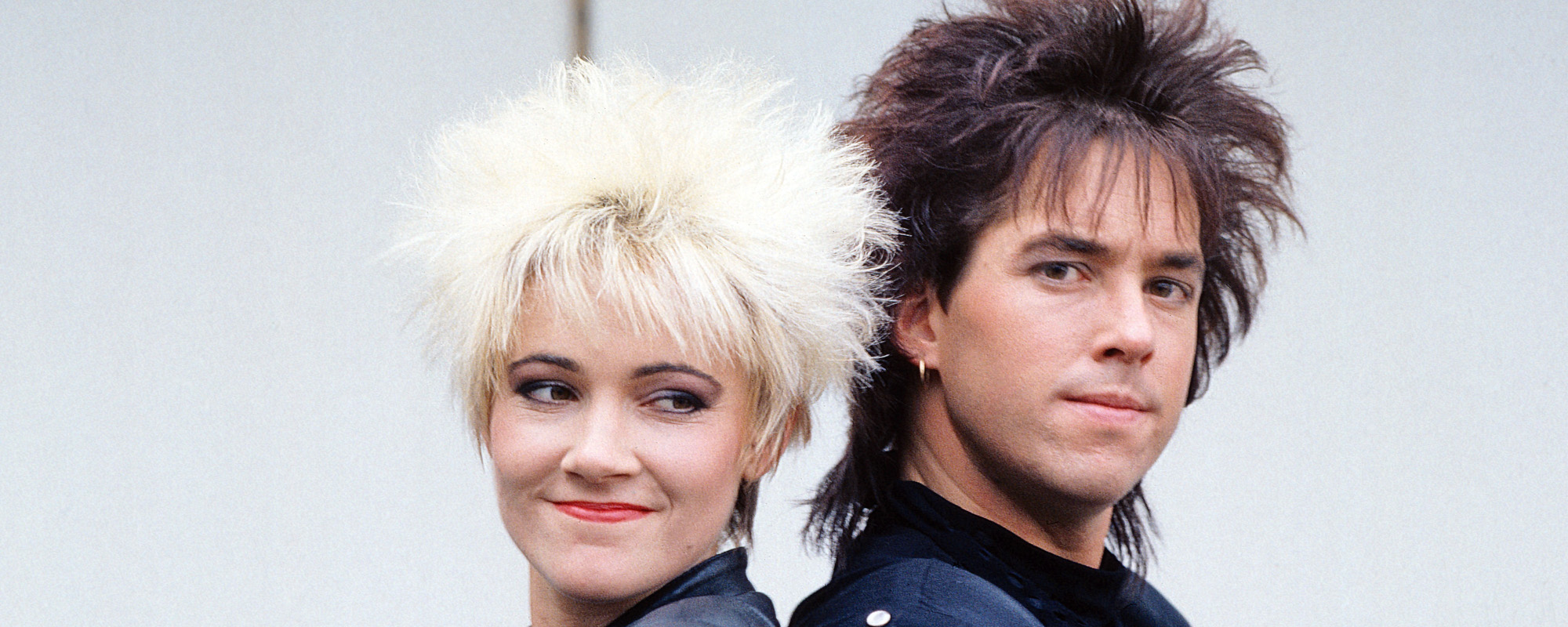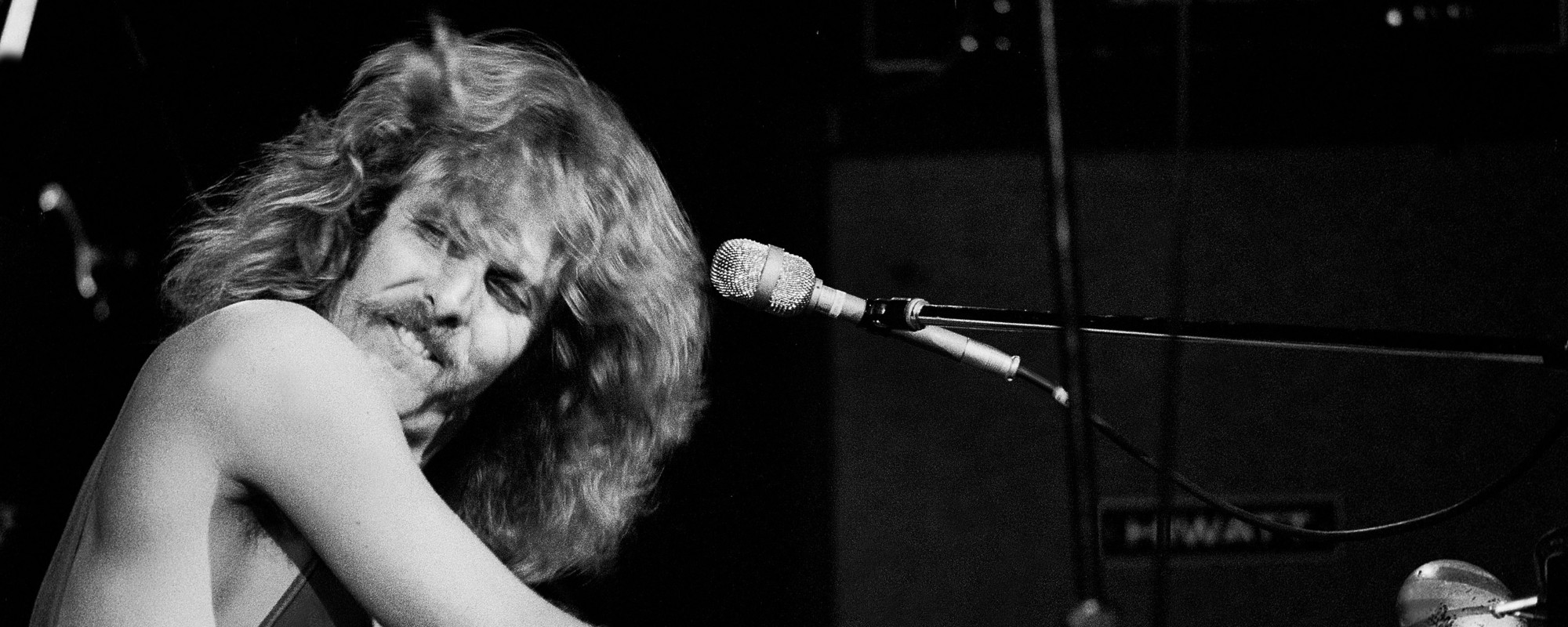
Sometimes it can take a village to create an album. And sometimes, as was the case with 1989 by Taylor Swift, it takes a global village.
Videos by American Songwriter
From Sweden to New York City to London to Nashville and beyond, 1989 represents a true team effort. Released in 2014, its title is the year she was born; the album was made in the image of the shiny 1980s synth pop sound of that year.
1989 was awarded the Grammy for Album of The Year at the 58th Grammys. Taylor became the first female solo artist to ever win the Album of the Year Grammy twice.
Although it’s often assumed that though her name is listed on each song as songwriter, that her inclusion is mostly honorary, and that the actual work was done by real songwriters and producers.
This proved not to be the case.
Though she has collaborated often on her famous songs over the years, and others as well, she has written alone as well. On her 2019 album Lover, she wrote three songs alone: “Cornelia Street,” “Daylight” and the title song, “Lover,” which was nominated for the Best Song at the 2020 Grammy. It lost that award to Billie Eilish and Finneas for “Bad Girl,” something which her legion of fans found to be very wrong.
She is collaborator on these songs for 1989, but all of the songs started with her and were shaped by her as they developed. But with the input of various producer-writers on each song.
But she was very much in charge of this project, which was based on a vision that awakened her in the middle of the night with sudden clarity. To create a “sonically cohesive record” using the sounds and sonics of the year of her birth, a time of synths, programmed drums and passionate melodies.
To realize her dream of song, she invited Max Martin, Shellback, Imogen Heap and Jack Antonoff to work with her. . Her idea from the start was to create a “sonically cohesive record.”
1989 is cohesive, and adored by her fans. It sold more than a million copies in its first week. and netted the seven-time GRAMMY winner seven total 58th GRAMMY nominations.
What follows is a collage of answers from songwriters, producers,m engineers and musicians who worked on the album, as well as from the artist herself.

Taylor Swift (artist/co-producer): I woke up [one morning] at 4 a.m. and I [decided the album is] called 1989. I’ve been making ’80s synth pop, I’m just gonna do that. I’m calling it a pop record. I’m not listening to anyone at my label. I’m starting tomorrow.
I liked the idea of collaborating. But with 1989 I decided to narrow down the list. It wasn’t going to be ten producers, it was going to be a very small team of four or five people I always wanted to work with, or loved working with. And Max [Martin] and I were going to oversee it, and we were going to make a sonically cohesive record again.
Imogen Heap (co-producer/co-engineer): We met at my studio in London. She had the bare bones of “Clean.” She had the lyric, the chorus and the chords. I thought it was brilliant.
Taylor: I had this metaphor in my head about being in this house, there’s been a drought but you feel like there’s a storm coming. Instead of trying to block out the storm you punch a hole in the roof and just let all the rain come in, and when you wake up in the morning, it’s washed away.
Imogen: I was really writing the tiniest amount just to help her do what she does. I put some noises to [“Clean”], played various instruments on it, including drums, and anytime she expressed she liked something I was doing, I did it more. It was a really fun day.
She recorded all her vocals [for “Clean”] during that one session. She did two takes, and the second take was it. We always thought she would probably re-record it, because we thought it can’t possibly be that easy. But after we lived with it for a few months, we felt it was great.
Taylor: The coolest thing about Imogen for me was that there was no one else in the studio. There was no assistant; there was no engineer. It was her doing everything.
Imogen: I knew she loved [“Clean”]. She said she loved it and her mum loved it. But I wasn’t sure it would be included on the album. But everyone felt it had something special. It came together really magically.
Niklas “Nikk” Ljungfelt (guitarist): I played on “Style,” a song I started with Ali Payami for ourselves. He was playing it for Max Martin at his studio; Taylor overheard it and loved it. She and Max wrote new lyrics. But I recorded the guitar on it before it was a Taylor song. It was an instrumental. I didn’t have a clue that Taylor would sing on it. The inspiration came from Daft Punk and funky electronic music. Taylor liked that a lot when she heard the song the first time. [She was] taking a big step from the music she had done before.
Taylor: “Blank Space” was the third thing I played [Max and Shellback]. And they [said], “No, this is the very first thingwe are working on today!” It’s a very sparse track. We just wanted it to be about the lyric and the vocal.
Mattias Bylund (string arranger): We were listening to a mix when Max Martin came in and said that he wanted me to listen to [some songs]. We got to hear “Shake It Off” and “Wildest Dreams.” We immediately realized these were going to be future hits, and I was really happy to get the mission to arrange and record strings on “Wildest Dream.” I recorded them in my home studio in Tuve, Sweden. The Mellotron notes through the song were there, and the staccato strings in the chorus, those I dubbed with real strings. I added some big chords and a build-up in the bridge. On the choruses I recorded Coldplay-type rhythm chords.
Max Martin: If you’ve got a verse with a lot of rhythm, you want to pair it with something that doesn’t. Longer notes. Something that might not start at the same beat. Listen to “Shake It Off.” After that first melodic segment, you need a few longer notes in order to take it all in. Otherwise it’s simply too much information.
Jonas Thander (saxophonist):I recorded alto and tenor sax [for “Shake It Off”] at my studio in Sweden. Max had recorded some MIDI horn ideas for me, and I came up with my own parts. It had no vocals when I did my part. I recorded all my horn parts, and then overdubbed other players, and edited it in a 10-hour overnight session. Sounds like a lot but I’m really picky. Then I did it all over again after the next recording day. But I love it, so no real harm done on me. People think it’s a baritone horn on the [“Shake It Off”] intro, but it’s a Mellotron.
Max Martin (songwriter, producer): You need a balance, at all times, in a song. Sweet and salt might be a description that’s easier to grasp. If the verse is a bit messy, you need it to be less messy right after. It needs to vary. “Shake It Off” is a good example, where the math behind the drama is pretty clear.
Taylor: The Mellotron was really helpful for us in coming up with sounds. Sometimes we later replaced them with real instruments.
Max Martin: Melodies may show up in the car, in the shower. From then on it’s all about how you manage the melody, how you make sure that you’ll be able to hear it over and over again without tiring of it.
Thander: The first time I heard Taylor’s vocals was when the song was released. It sounded amazing. Those guys really know what they’re doing.
Laura Sisk (engineer): I worked with [producer] Jack Antonoff on three songs, “Out Of The Woods,” “You Are In Love” and “I Wish You Would.” It was just Jack and I in the studio for a lot of the tracking. Especially on “Out Of The Woods.” He and Taylor were collaborating long distance and would send ideas back and forth rapid-fire. The songs came together really quickly. There was a lot of excitement surrounding the music.
When we got Taylor’s vocals for “Out Of The Woods,” I couldn’t stop listening to it. I love the chorus so much and when her background vocals kick in at the end, it brings this anthemic feeling to the song that you can feel even just a cappella.
Tom Coyne (mastering engineer): My job was easy. Max Martin’s collaboration with Taylor Swift pretty much assured the album was going to be big, bold and beautiful. I mastered the whole album in two days. When working with professionals of this caliber, things go smoothly.
Imogen: [Taylor is] a force of nature.











Leave a Reply
Only members can comment. Become a member. Already a member? Log in.